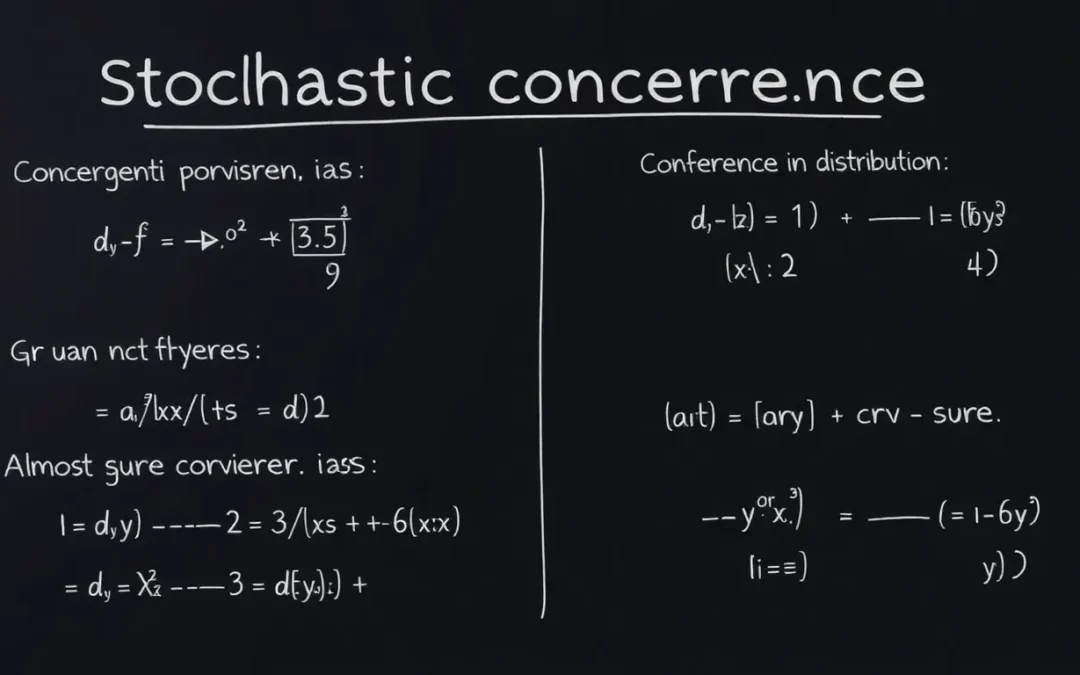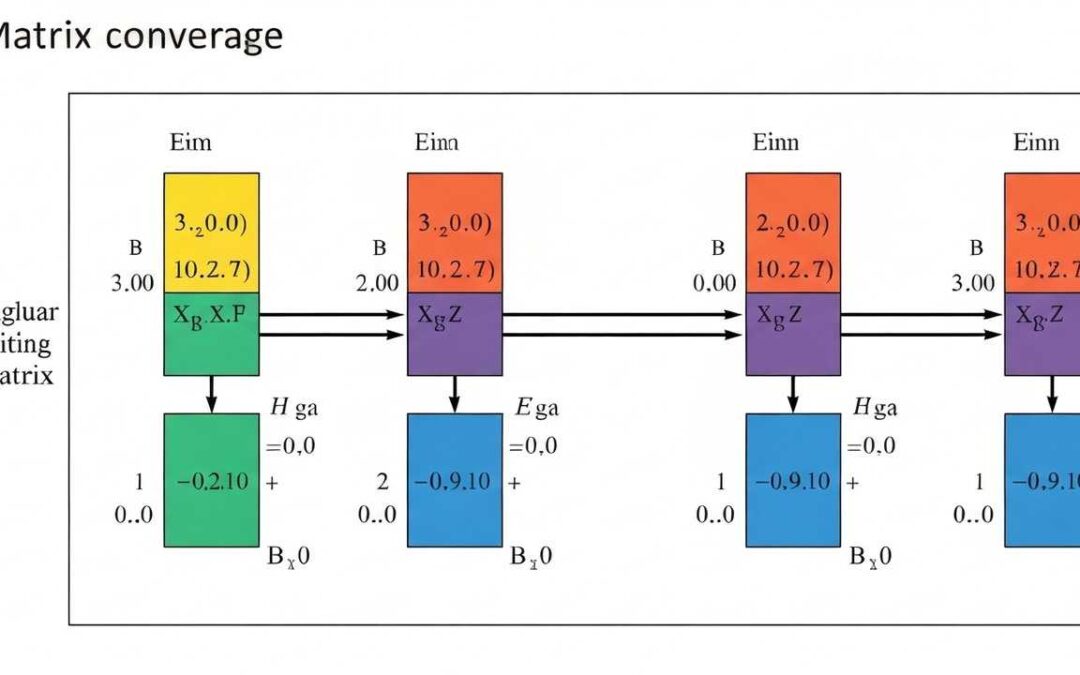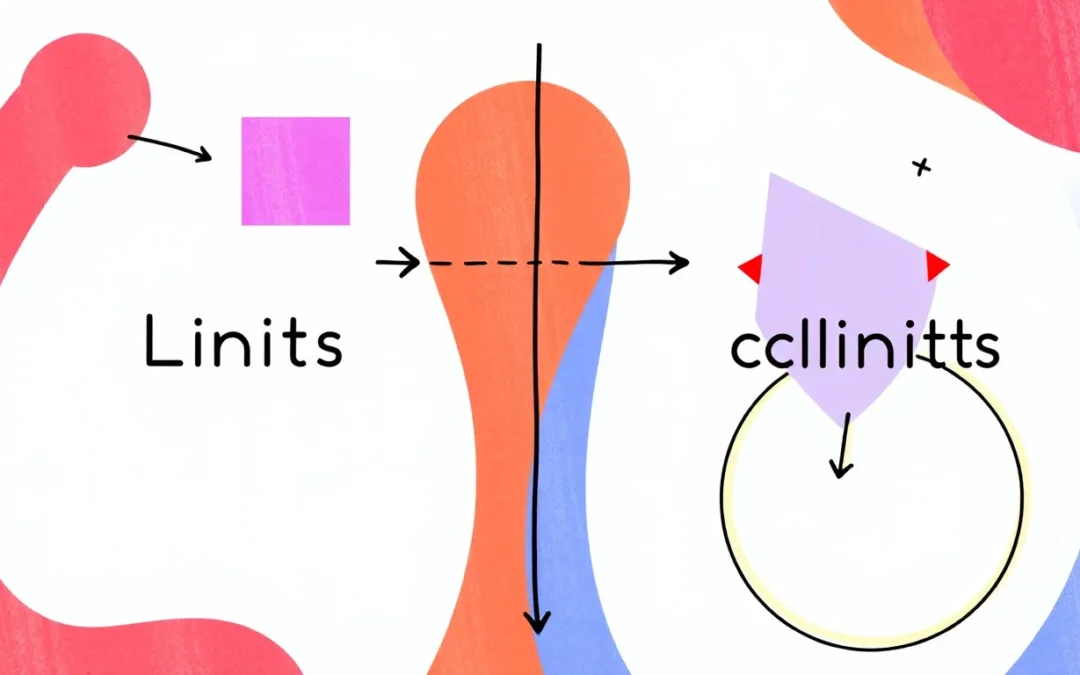Welcome to a detailed exploration of Euclidean geometry, a foundational branch of mathematics that has shaped our understanding of space and shapes for centuries. This guide will delve into the core concepts, axioms, and theorems that define Euclidean geometry, providing a clear and accessible overview for students and enthusiasts alike. We’ll cover the basics, from points and lines to more complex shapes and proofs, all while highlighting the historical significance and practical applications of this essential mathematical framework.
Table of Contents
Furthermore, we’ll explore the key principles that underpin Euclidean geometry explained, starting with the core definitions and building blocks. You’ll learn about axioms, postulates, and how they form the foundation for proving geometric theorems. We’ll also look at some practical examples, like the Pythagorean theorem, to illustrate how these concepts come to life. By the end of this guide, you’ll have a solid understanding of Euclidean geometry and its significance.
More from me
What is Euclidean Geometry?
Euclidean geometry, named after the Greek mathematician Euclid, is a system of geometry based on a set of axioms and postulates that describe the properties of points, lines, planes, and shapes in a two-dimensional (2D) and three-dimensional (3D) space. It provides a framework for understanding spatial relationships and is the foundation for many areas of mathematics, physics, and engineering. The core of Euclidean geometry lies in its rigorous logical structure, where theorems are derived from a small set of fundamental assumptions, ensuring that all conclusions are logically sound and consistent.
The essence of Euclidean geometry lies in its axiomatic approach, starting with undefined terms like “point,” “line,” and “plane,” and then defining relationships between them through axioms and postulates. These axioms, such as the parallel postulate, form the basis for proving a vast array of theorems about geometric figures. This deductive system allows for the creation of a consistent and coherent body of knowledge about the properties of space, which has had a profound impact on the development of mathematics and science. This system is also known as the Euclidean geometry explained system.
Key Concepts in Euclidean Geometry
Euclidean geometry deals with fundamental geometric objects and their relationships. A point is a location in space, having no dimension. A line is a one-dimensional object, extending infinitely in two directions. A plane is a two-dimensional flat surface that extends infinitely. These are the basic building blocks upon which all other geometric concepts are built. Understanding these basic concepts is fundamental to grasping the more complex ideas in Euclidean geometry.
Beyond these basic elements, Euclidean geometry introduces concepts such as angles, triangles, circles, and other shapes. Angles are formed by the intersection of two lines, and triangles are formed by the intersection of three lines. Circles are defined as the set of all points equidistant from a center point. These shapes and their properties are studied using the axioms and theorems of Euclidean geometry. The study of these shapes also requires the understanding of Euclidean geometry explained.
Axioms and Postulates
Euclid’s Elements is the foundational text for Euclidean geometry, laying out a system based on axioms and postulates. Axioms are general statements that are assumed to be true without proof, while postulates are specific to geometry. For example, one postulate states that a straight line segment can be drawn joining any two points. Another states that all right angles are equal to one another. These postulates are the foundation upon which all other geometric theorems are built.
The parallel postulate, which states that through a point not on a given line, there is exactly one line parallel to the given line, is a critical component. This postulate distinguishes Euclidean geometry from non-Euclidean geometries. The consistency of these postulates ensures that the theorems derived from them are logically sound and can be applied consistently. Without these, the whole system would be flawed. The understanding of these axioms is very important for Euclidean geometry explained.
Theorems and Proofs
Theorems in Euclidean geometry are statements that can be proven using axioms, postulates, and previously proven theorems. Proofs are logical arguments that demonstrate the truth of a theorem. For example, the Pythagorean theorem, which states that in a right-angled triangle, the square of the length of the hypotenuse is equal to the sum of the squares of the other two sides (##a^2 + b^2 = c^2##), is a cornerstone theorem. Proofs often involve constructing diagrams, applying logical reasoning, and using known facts to arrive at a conclusion.
Proofs in Euclidean geometry can be direct, indirect (proof by contradiction), or involve constructions. The ability to construct a logical proof is a key skill in geometry. These proofs provide a way to verify and validate geometric statements. The logical structure of these proofs is a hallmark of Euclidean geometry, ensuring that all conclusions are based on solid reasoning and established principles. The understanding of these theorems is important for Euclidean geometry explained.
Illustrative Example: The Pythagorean Theorem
Let’s consider a right-angled triangle with sides a, b, and hypotenuse c. The Pythagorean theorem states: ##a^2 + b^2 = c^2##. This theorem can be proven using various methods, including geometric constructions and algebraic manipulations. The theorem is a fundamental concept in Euclidean geometry and is used extensively in various applications, such as calculating distances and solving geometric problems. The theorem is also a very good example of Euclidean geometry explained.
For example, if a = 3 and b = 4, then ##c^2 = 3^2 + 4^2 = 9 + 16 = 25##, so ##c = \sqrt{25} = 5##. This theorem demonstrates the relationship between the sides of a right-angled triangle. The theorem is also a very good example of Euclidean geometry explained.
Below are few additional problem similar to the above.
Problem 1: What is a point?
A point is a location in space with no dimension.
Problem 2: What is a line?
A line is a one-dimensional object extending infinitely in two directions.
Problem 3: What is a plane?
A plane is a two-dimensional flat surface extending infinitely.
Problem 4: State the Pythagorean theorem.
In a right-angled triangle, ##a^2 + b^2 = c^2##.
Problem 5: What is an axiom?
An axiom is a general statement assumed to be true without proof.
We also Published
RESOURCES
- Basic Euclidean Geometry: Points, Lines, and Planes – YouTube
- Euclidean geometry | Definition, Axioms, & Postulates | Britannica
- Non-Euclidean Geometry Explained – Hyperbolica Devlog #1 …
- Euclidean geometry – Wikipedia
- ELI5: Euclidean vs non-Euclidean geometry : r/explainlikeimfive
- 4.1: Euclidean geometry – Mathematics LibreTexts
- ELI5: What is euclidean : r/explainlikeimfive
- History of Euclid Geometry – BYJU’S
- euclidean geometry – Please help me understand the definition of …
- spacetime – Why was pseudo-Euclidean geometry not enough for …








0 Comments